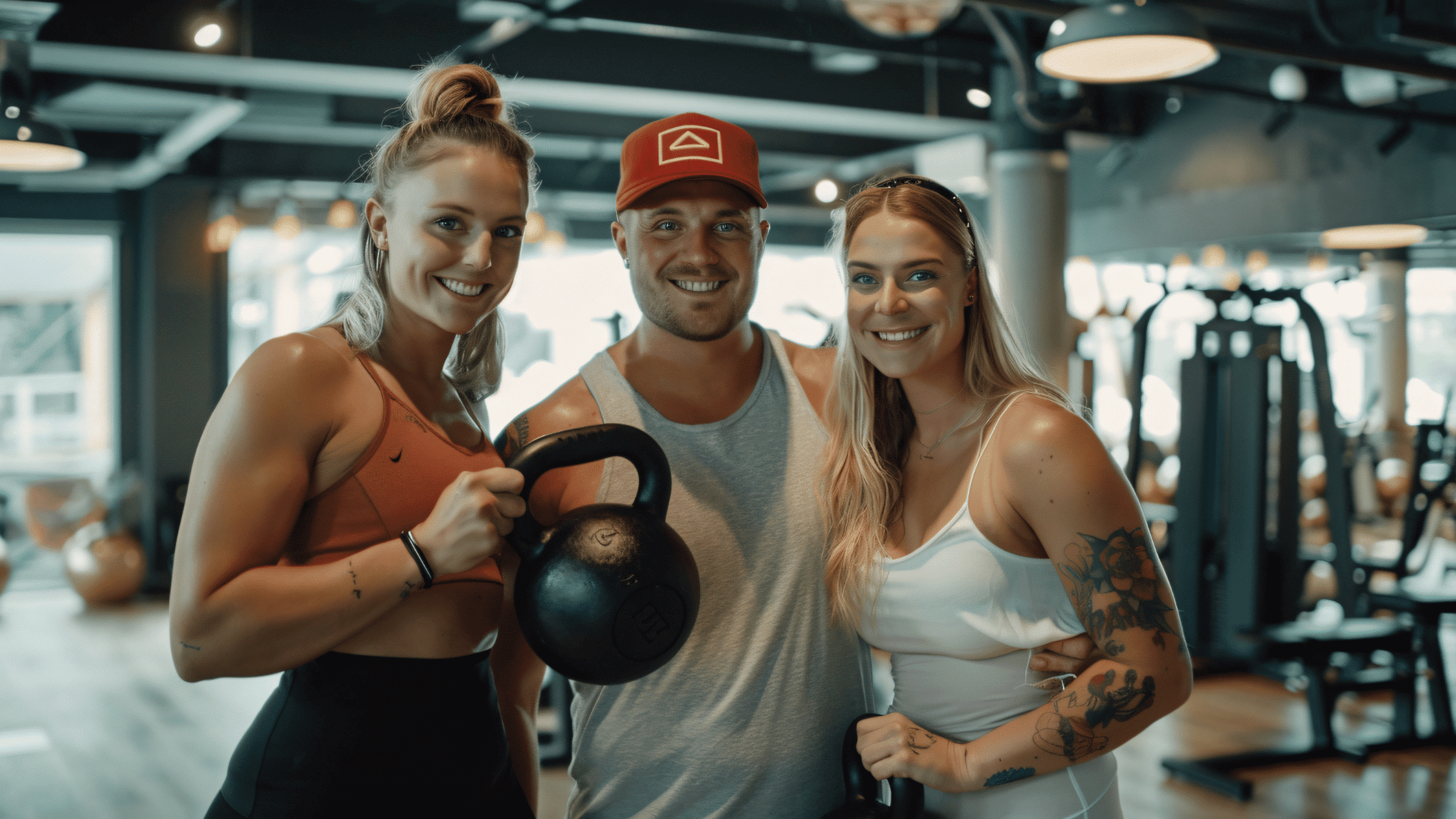In the world of fitness, myths and misconceptions abound. From the gym to social media, everyone seems to have an opinion on what works and what doesn’t. Unfortunately, these myths can hinder progress, cause unnecessary confusion, and even lead to injury. It’s time we set the record straight. By relying on expert insights and evidence-based information, you can make informed decisions that align with your fitness goals. Let’s debunk some of the most common fitness myths.
Lifting Weights Makes You Bulky
The Truth
One of the most pervasive fitness myths is that lifting weights will make you “bulky.” This misconception often deters people from incorporating strength training into their routines. The reality is that building significant muscle mass requires a specific combination of heavy lifting, high-calorie intake, and often a genetic predisposition. For the average person, lifting weights will not automatically result in a bulky physique.
Expert Insight
Strength training is crucial for overall fitness and body composition. It helps increase muscle tone, improve metabolism, and enhance bone density. Incorporating weight training into your fitness routine can help you achieve a leaner, more defined look without the fear of unwanted bulk. Aim for a balanced approach that includes both strength and cardio exercises to maximize benefits.
Cardio is the Only Way to Lose Weight
The Truth
Cardio exercises are often touted as the go-to method for weight loss. While cardio is effective for burning calories, it’s not the only way to shed pounds. A combination of cardio and strength training is more effective for long-term weight loss and overall health. Additionally, diet plays a crucial role in weight management.
Expert Insight
Balancing cardio and strength workouts can optimize fat loss and improve muscle definition. Incorporate activities like running or cycling with weightlifting or resistance training. This approach ensures you’re burning calories while also building muscle, which can boost your metabolism. Remember, a well-rounded fitness routine and a healthy diet are key to sustainable weight loss.
You Need to Work Out Every Day to See Results
The Truth
The idea that you must work out every day to see results is a common myth that can lead to overtraining and burnout. Rest and recovery are essential components of any fitness routine. Without adequate rest, your body cannot repair and grow stronger, which can actually hinder your progress.
Expert Insight
Creating a balanced workout schedule that includes rest days is crucial for long-term success. Listen to your body—if you’re feeling fatigued or sore, it’s a sign that you need a break. Incorporate active recovery methods like stretching, yoga, or light walking to keep moving without overloading your muscles. Rest days are just as important as workout days.
Spot Reduction Works for Fat Loss
The Truth
Spot reduction, or the idea that you can target fat loss in specific areas of your body through exercise, is a widespread myth. Fat loss occurs systemically, meaning it happens throughout the entire body and cannot be isolated to one area. Exercises that target specific muscles will not reduce fat in those areas alone.
Expert Insight
Achieving overall fat loss requires a balanced diet and full-body workouts. Focus on creating a caloric deficit through a mix of cardiovascular exercise, strength training, and proper nutrition. This approach will help you lose fat evenly across your body and improve your overall fitness.
No Pain, No Gain
The Truth
The phrase “no pain, no gain” has long been associated with fitness culture, but it’s important to differentiate between the discomfort of a challenging workout and actual pain. Pushing through pain can lead to injuries and set back your progress rather than help you achieve your goals.
Expert Insight
Recognizing and respecting your body’s limits is crucial for safe and effective training. While it’s normal to feel sore after a workout, sharp or persistent pain is a sign that something is wrong. Focus on gradual progression and listen to your body to avoid injury. If you experience pain, consult a fitness professional or healthcare provider.
You Can Out-Train a Bad Diet
The Truth
No matter how intense your workouts are, you cannot out-train a poor diet. Nutrition is a critical component of achieving fitness goals. Whether you’re aiming for muscle gain, fat loss, or overall health, what you eat significantly impacts your results.
Expert Insight
Creating a balanced diet that complements your fitness routine is essential. Focus on whole, nutrient-dense foods that provide the energy and nutrients your body needs. Avoid common dietary pitfalls like excessive processed foods, sugary drinks, and insufficient protein intake. A well-rounded diet supports your workouts and overall health.
More Sweat Equals a Better Workout
The Truth
Many people believe that the more they sweat, the better their workout. However, sweat levels are influenced by various factors, including the environment, individual differences, and the type of exercise. Sweating more doesn’t necessarily mean you’re burning more calories or having a more effective workout.
Expert Insight
Measure the effectiveness of your workout based on performance-based metrics rather than sweat. Track your progress by monitoring improvements in strength, endurance, and flexibility. Use tools like fitness trackers to measure heart rate, calorie burn, and other relevant data. Focus on the quality of your workouts, not just the quantity of sweat.
Ignore the Common Fitness Myths for a Clearer Path to Success
Debunking common fitness myths is essential for making informed decisions that support your health and fitness goals. By relying on expert insights, you can avoid misconceptions that hinder progress and adopt evidence-based strategies that work. Remember, fitness is a lifelong journey, and staying informed is key to continuous improvement. Stay curious, stay motivated, and keep pushing towards your goals.
For more personalized advice, consider consulting with a fitness professional or joining a fitness community that shares your commitment to health and wellness. Keep learning, stay engaged, and enjoy the process of becoming the best version of yourself.



